This is not really a history book – and even if it were, its particular charm would be better expressed by the use of an indefinite article in the title. Or perhaps ‘Histories’ might have been more appropriate. Calling things what they are, being precise, is one of the difficulties it so enjoyably demonstrates.
You would have thought, for example, that a kilogram has always been a kilogram. But no: the original kilogram, a cylinder known as ‘Le Grand K’, kept in a bell jar in Sèvres, from which replicas had been made for distribution throughout the world, was discovered to have lost its weight in relation to those replicas. It took until 2018 to establish absolute precision.
More understandably, the foot has been many lengths. The Roman foot was 295mm, the Greek 302mm. Charlemagne tried to impose a Frankish foot of 326.6mm. In Britain, it is thought there was a Neolithic ‘long’ foot of 12.6723 inches. The Welsh had a nine-inch foot, whereas the Belgians went for 13. In the early 14th century in England it was established by decree that
3 grains of barley dry and round do make an inch, 12 inches make 1 foot.
Was that it then? Far from it: 650 years later, in 1953, it was finally agreed that a foot was 0.3048 metres long. It took the UK ten years to sign up. American map-makers, however, continued to use the old non-metric foot. Only on 1 January this year did they too succumb to the laws of the universe.
The history of measurement is a story of progressive standardisation and of a shift from biology to physics. What was once measured by limb or grain is now done by laser. A metre is defined as the path travelled by light in a vacuum in one 299,792,458th of a second. But some anthropocentricity remains: shoe sizes in the UK and America are still measured in barleycorns.
Globalisation is more or less impossible without standard measurements. The trade of any commodity obviously requires the parties to know how much of anything is being bought and sold. Lovely regional ways of figuring weights and lengths have no doubt been lost all over the world. Britons had to fight to keep miles and pints, but so long as cricket is played the chain will survive.
The book’s focus is anglophone, but due attention is paid to the many terms for weights and measures of classical origin. In about 500 BC, the Greeks introduced a coin called the drachma, which the Romans latinised to ‘dragma’, the French to ‘dragme’, and the English, eventually, to ‘dram’. The dram remains the smallest weight in the avoirdupois system (there are 16 drams in an ounce). A dram is almost always wee.
And so we hear as much about language as about acres and tons. Occasionally there is a less latinate, more earthy and literal measure, such as furlong, which derives from the old English for ‘long furrow’ – and was abolished as a formal measurement in 1985. But the word ‘pint’ (the glass of which was supposed to be outlawed in the UK in 2009) comes from the Latin picta, meaning ‘painted’ – thought to relate to the painted mark on a vessel indicating this measure.
With short, unnumbered sections, this curious history has a pleasantly old-fashioned feel, like one of those books you find by the bedside when staying at a friend’s house in the country. There are eye-opening facts on almost every page, and it has a nice heft to it, too: around 13 ounces (from the Latin incia, which also gives us ‘inch’), or 366 grams, and measuring seven-and-a-half inches by 12.5cm. A joy of a book.
Got something to add? Join the discussion and comment below.
Get 10 issues for just $10
Subscribe to The Spectator Australia today for the next 10 magazine issues, plus full online access, for just $10.
You might disagree with half of it, but you’ll enjoy reading all of it. Try your first month for free, then just $2 a week for the remainder of your first year.

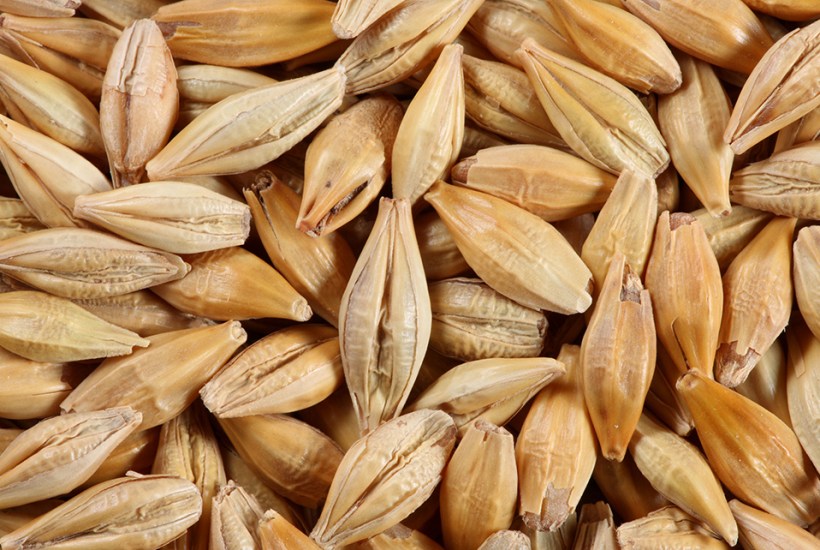

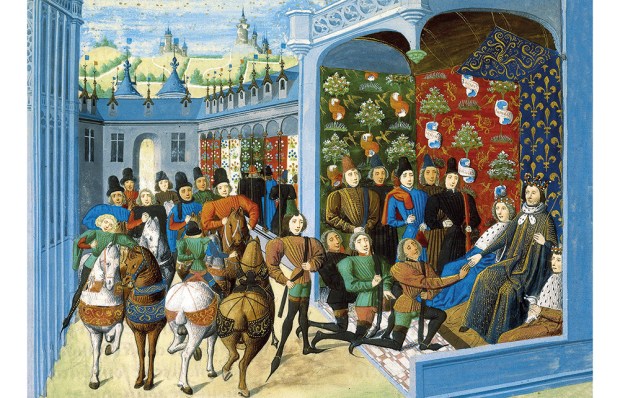
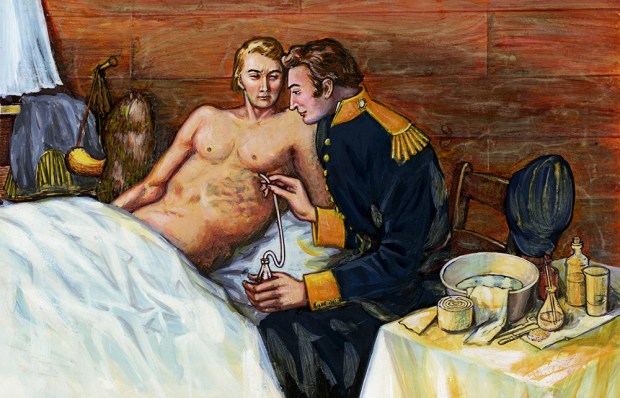

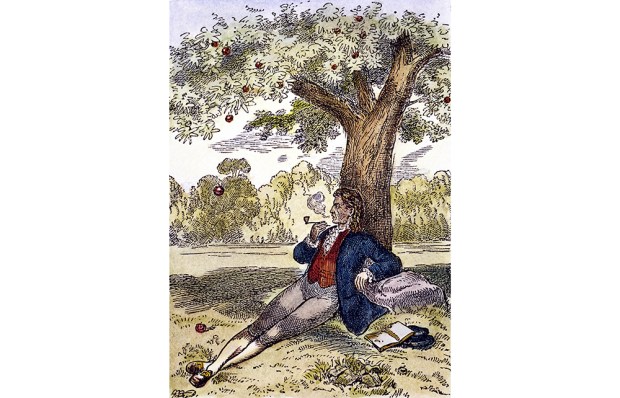
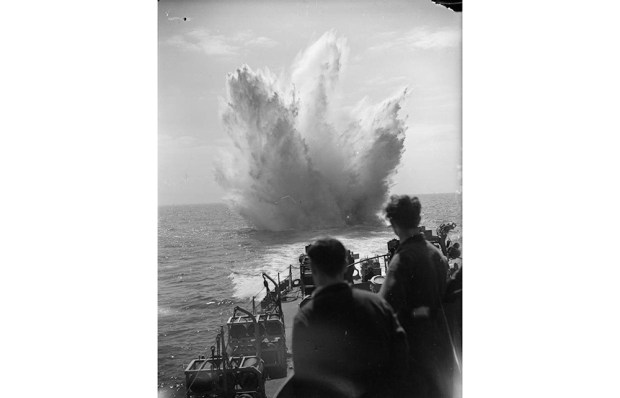






Comments
Don't miss out
Join the conversation with other Spectator Australia readers. Subscribe to leave a comment.
SUBSCRIBEAlready a subscriber? Log in